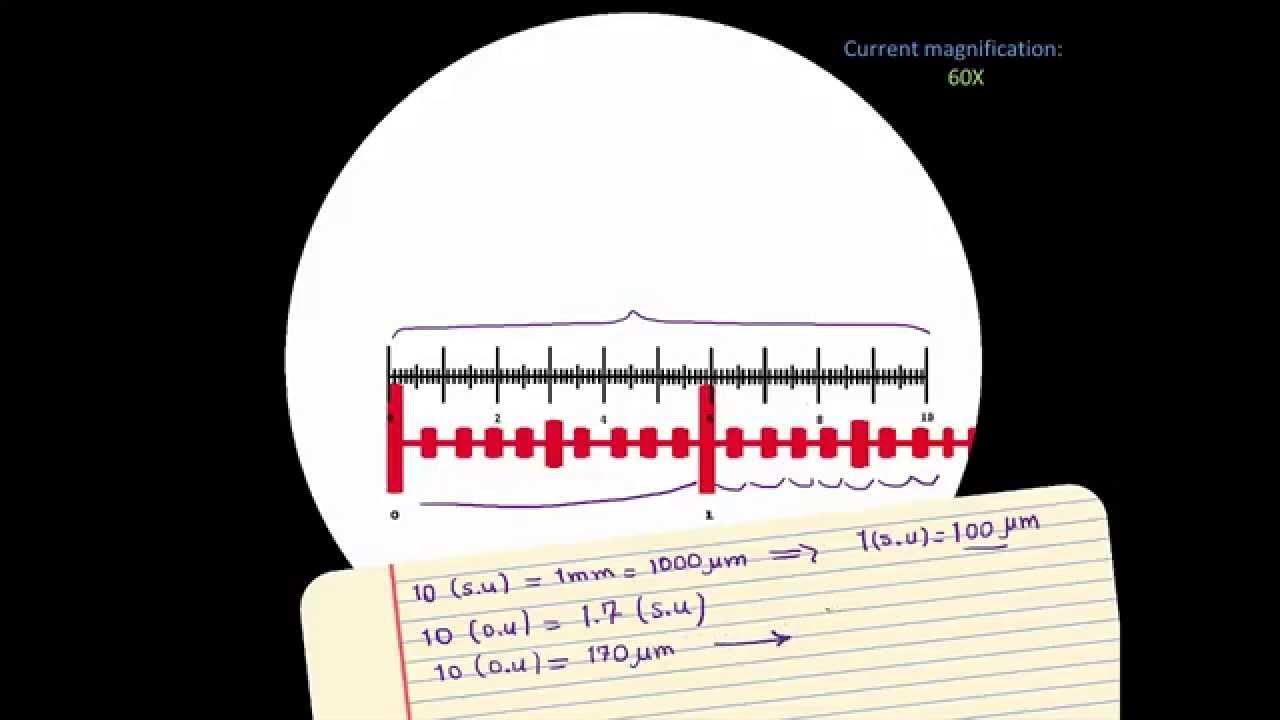Introduction to the cell | Cells | High school biology | Khan Academy
Summary
TLDRThis video introduces the concept of cells as the fundamental units of life, emphasizing their complexity despite their small size, often around one micrometer. It differentiates between prokaryotic cells, which lack a defined nucleus, and eukaryotic cells, which contain membrane-bound organelles like the nucleus and ribosomes, essential for protein synthesis. The speaker highlights the significance of DNA in cellular function and replication while noting that even mature red blood cells lack DNA. Future topics will explore various cell types, their functions, and interactions, inviting viewers to delve deeper into the fascinating world of cells.
Takeaways
- 😀 Cells are the most basic unit of life, and all living organisms are made up of at least one cell.
- 🔍 Despite their small size (some as tiny as one micrometer), cells are complex structures with various components.
- 📦 The cell membrane surrounds and defines the cell, separating it from the external environment.
- 💧 The cytoplasm consists of the fluid and all structures within the cell membrane, while cytosol refers only to the fluid.
- 🔬 Eukaryotic cells have a membrane-bound nucleus, which contains the genetic material (DNA), unlike prokaryotic cells where DNA is found in the cytoplasm.
- ⚙️ Ribosomes are essential for protein production, acting as the protein factories within cells.
- 📄 Most cells store genetic information as DNA, which is crucial for their functioning and replication.
- 🚫 Some cells, like mature red blood cells, do not contain DNA.
- 📏 The width of a human hair (20 to 180 micrometers) provides perspective on the size of cells; multiple yeast cells can fit across a single hair.
- 🧩 Cells contain numerous structures that support their function and organization, highlighting their complexity even at microscopic scales.
Q & A
What is the fundamental unit of life according to the instructor?
-The fundamental unit of life is a cell.
How many cells make up the instructor's body?
-The instructor's body is made up of tens of trillions of cells.
What is the size range of some cells mentioned in the video?
-Some cells can be as small as one micrometer long.
What common misconception about cells does the instructor address?
-The instructor addresses the misconception that cells must be simple because they are small.
What is a eukaryotic cell, and what distinguishes it from other cells?
-A eukaryotic cell is characterized by having a membrane-bound nucleus, which is not found in prokaryotic cells.
What are ribosomes, and what is their main function?
-Ribosomes are complex structures made of RNA and proteins, and their main function is to produce proteins.
What type of genetic material do most cells contain?
-Most cells contain DNA as their genetic material.
How does the location of DNA differ between prokaryotic and eukaryotic cells?
-In prokaryotic cells, DNA floats in the cytoplasm, while in eukaryotic cells, DNA is housed within the nucleus.
What comparison does the instructor make to illustrate the scale of cells?
-The instructor compares the width of a human hair, which can be 20 to 180 micrometers, to the size of yeast cells, suggesting that 20 or more yeast cells could fit across one hair.
What future topics does the instructor plan to cover regarding cells?
-The instructor plans to cover different types of cells, their functions, and how they work together in future videos.
Outlines

Dieser Bereich ist nur für Premium-Benutzer verfügbar. Bitte führen Sie ein Upgrade durch, um auf diesen Abschnitt zuzugreifen.
Upgrade durchführenMindmap

Dieser Bereich ist nur für Premium-Benutzer verfügbar. Bitte führen Sie ein Upgrade durch, um auf diesen Abschnitt zuzugreifen.
Upgrade durchführenKeywords

Dieser Bereich ist nur für Premium-Benutzer verfügbar. Bitte führen Sie ein Upgrade durch, um auf diesen Abschnitt zuzugreifen.
Upgrade durchführenHighlights

Dieser Bereich ist nur für Premium-Benutzer verfügbar. Bitte führen Sie ein Upgrade durch, um auf diesen Abschnitt zuzugreifen.
Upgrade durchführenTranscripts

Dieser Bereich ist nur für Premium-Benutzer verfügbar. Bitte führen Sie ein Upgrade durch, um auf diesen Abschnitt zuzugreifen.
Upgrade durchführenWeitere ähnliche Videos ansehen
5.0 / 5 (0 votes)






